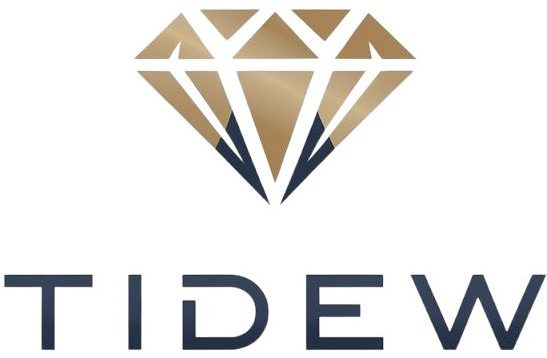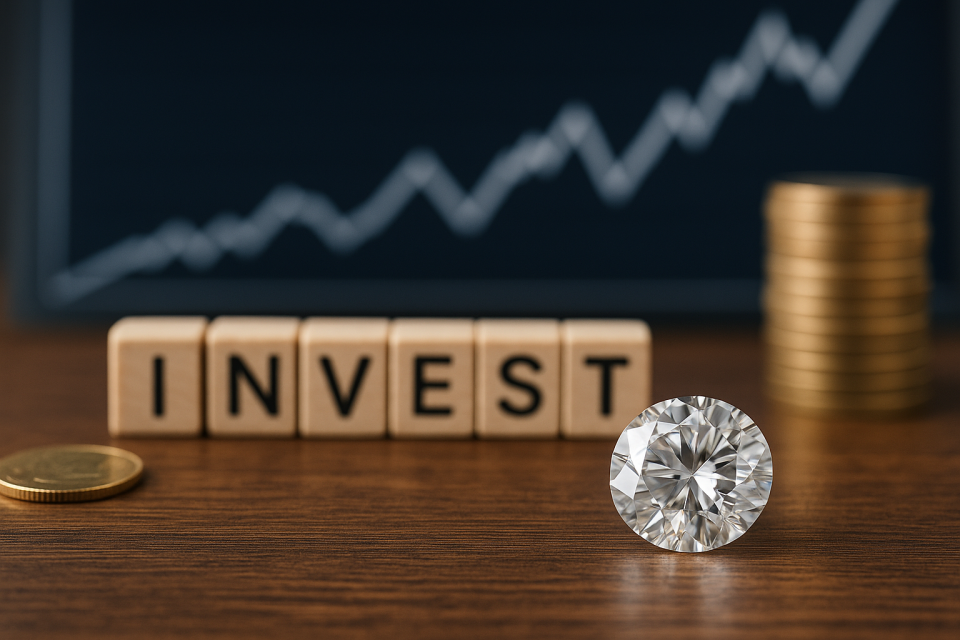Lab-grown diamonds are gaining popularity among consumers, but do they hold investment potential? This article examines historical diamond investment trends, price comparisons, liquidity concerns, suitable diamond types for investment, and practical advice for rational investors.
Diamond Investment: History and Current Trends
For decades, natural diamonds have been marketed as symbols of love and even as tangible assets. Some investors purchase high-quality natural diamonds as alternative stores of value, particularly rare stones with unique color grades or exceptional sizes. Historically, natural diamonds with certifications from institutions like GIA could appreciate over time.
However, diamonds—even natural ones—are not guaranteed investments. Unlike gold or stocks, diamonds lack a standardized exchange and transparent pricing. Their value is heavily influenced by marketing and consumer demand.
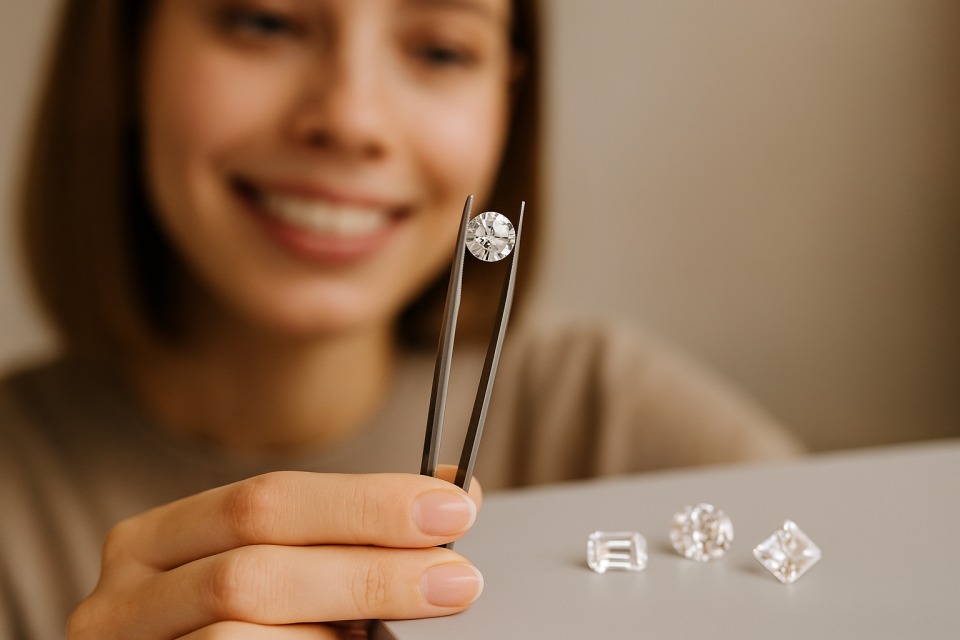
Lab-Grown vs. Natural Diamonds: Price Comparison
Lab-grown diamonds are physically and chemically identical to natural ones but typically cost 30% to 70% less. This price gap is driven by controllable supply, lower production costs, and consumer perception of natural diamonds as more exclusive.
While lab-grown diamonds are ethical and affordable, their scalable production limits potential appreciation. As technology improves, prices may continue to decline rather than rise.
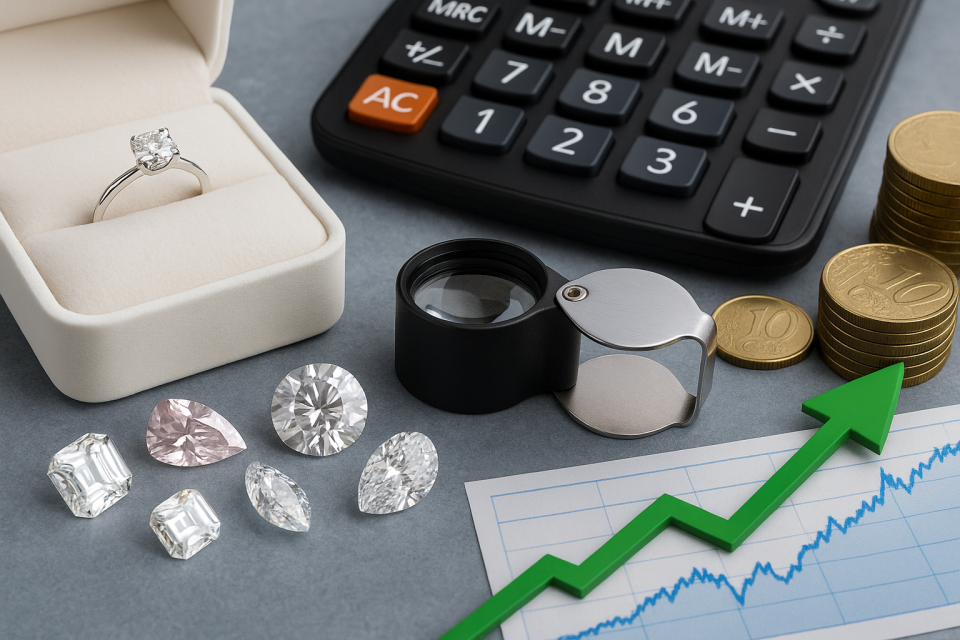
Market Liquidity Concerns
Liquidity is a key challenge for lab-grown diamonds. Natural diamonds have established resale channels such as jewelers and auctions, while lab-grown stones face limited resale demand. Rapid price changes and a lack of heritage value make it harder to resell lab-grown diamonds for a profit.
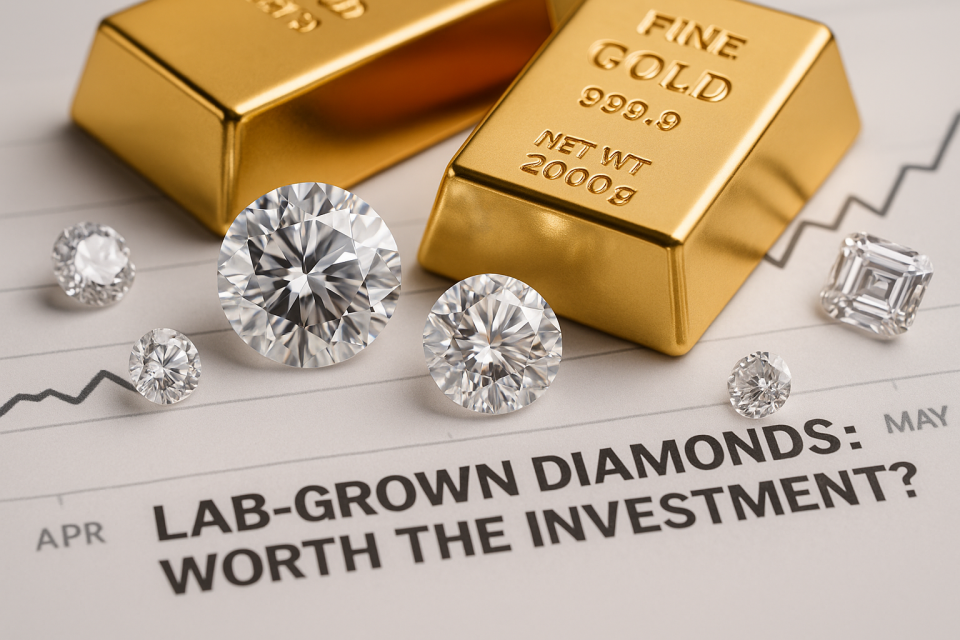
What Types of Diamonds Hold Investment Value?
For investment, rarity is crucial:
- Natural Fancy Colored Diamonds (pink, blue, vivid yellow) with proven scarcity
- Large high-quality stones (2 carats and above with flawless or near-flawless grading)
- Designer or branded jewelry with collectible value
Lab-grown diamonds may hold niche value in unique colors or designs but remain speculative.

Practical Investment Advice
- Buy lab-grown diamonds for enjoyment, not speculation.
- Diversify your portfolio with more traditional investments like gold, stocks, or real estate.
- Understand resale limitations of lab-grown stones.
- Monitor cultural shifts that may create future niche markets, but approach cautiously.
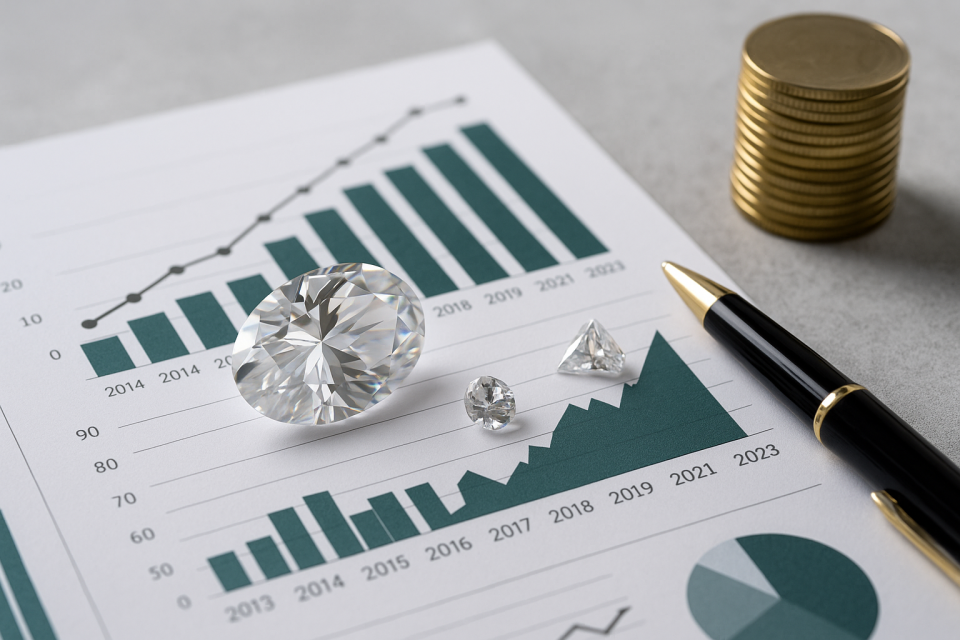
Conclusion
Lab-grown diamonds are excellent for ethical, affordable, and beautiful jewelry but are not ideal for financial investment. Their unlimited supply and limited resale demand mean appreciation is unlikely. Buy them for love and values, not for portfolio growth. If investment is the priority, focus on rare natural diamonds or more traditional asset classes.
